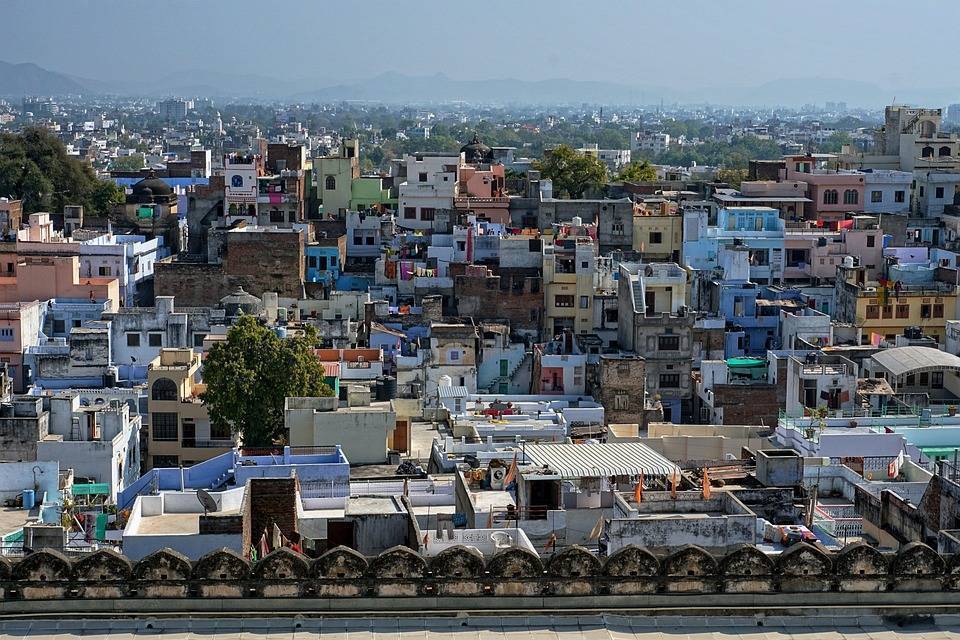Six months ago, Ravi, a Marketing Manager at a Delhi tech firm, had a problem most NCR residents know too well. He was shelling out ₹35,000 every month for a cramped 2BHK in Gurgaon, plus spending nearly four hours a day battling traffic. Life was expensive, exhausting, and starting to feel like a treadmill he couldn’t step off.
Today, things look very different for him. Ravi owns a spacious 3BHK in Sonipat—his EMI is actually lower than his old Gurgaon rent. His daily commute is down to a predictable 20-minute drive, and in just six months, his property has appreciated by 18%.
Ravi’s story isn’t some one-off fluke. It’s part of a quiet shift happening in NCR’s real estate scene. While most people are still chasing overpriced apartments in Gurgaon and Noida, a growing number are looking toward Sonipat and they’re finding value that’s hard to ignore.
The Infrastructure Push Everyone’s Talking About
Usually, infrastructure projects in India move at a snail’s pace. But Sonipat seems to be breaking that rule. Earlier this year, in March 2025, the Delhi Metro’s Yellow Line extension got the official nod, far faster than most people expected.
The goal? By 2028, Sonipat will be directly connected to Connaught Place via Metro in just 45 minutes. And there’s more. The long-awaited Urban Extension Road-II is set to wrap up by June 2025, meaning Sonipat residents could soon be reaching IGI Airport in 45 minutes, sometimes faster than folks living in South Delhi.
These aren’t just distant promises anymore. They’re projects with budgets, timelines, and work underway. For investors, that’s the kind of infrastructure momentum that usually signals it’s time to pay attention.
The Data Doesn’t Lie
It’s not just individuals making moves. Companies are getting in on the action too. According to Cushman & Wakefield’s latest NCR MarketBeat report, Sonipat now accounts for a whopping 31% of all industrial leasing in NCR. That’s not speculation—that’s major corporations like Maruti Suzuki setting up long-term operations.
Land prices in Kundli, Sonipat’s fast-growing industrial hub, have surged 190% since 2020. Plots that once hosted wheat fields are now selling for ₹61,000 per square yard, with demand coming from warehouses, factories, and new housing projects popping up to support the workforce.
In fact, of the 38 major land deals tracked across NCR in 2024 by ANAROCK, a huge chunk happened right in Sonipat’s growth corridor. And it’s not just industrial. The India Brand Equity Foundation reports that NCR’s luxury housing market grew by 85% last year, with a lot of that growth happening in emerging areas like Sonipat—places that offer more space and better quality of life for the money.
What the Experts Are Saying?
Real estate insiders are taking note.
Mr. Rohit Kishore, CEO, Hero Realty says, "Tier-2 and Tier-3 cities are increasingly attractive to real estate developers due to rising housing demand and investor interest. Improved infrastructure, like better roads and expanding metro networks, makes these areas more appealing. In Sonipat, demand for plotted developments is rising as buyers want larger, customizable living spaces. Its closeness to Delhi NCR and upcoming infrastructure projects strengthens its market position. With ongoing upgrades and growing demand, Sonipat is set to become a key hub for custom-built homes, drawing interest from both investors and buyers."
Mr. Abhay Kumar Mishra, President & CEO, Jindal Realty says "At Jindal Realty, we've always seen Sonipat as a city with immense promise. With major infrastructure projects like the RRTS, UER-II, and the upcoming Delhi Metro extension, the region is on the cusp of a connectivity revolution. These developments will drastically reduce travel times to Delhi, IGI Airport, and central business hubs—making Sonipat more attractive for both homebuyers and industries. As accessibility improves, so will demand, driving long-term growth and appreciation. We’re proud to contribute to Sonipat’s transformation with thoughtfully planned developments that match the city’s rising potential."
Mr. Yashank Wason, MD of Royal Green Realty, says the remote work trend has shifted how people think about location: “People want affordability and breathing space now. Sonipat offers both. And with the upcoming Rapid Rail Transit System, even the most cautious buyers won’t have to worry about connectivity much longer.”
The Pricing Gap That Won’t Last
Right now, you can still buy a home in Sonipat for ₹4,500 to ₹6,500 per square foot. Compare that to Gurgaon, where similar properties go for ₹8,000 to ₹15,000 per square foot. That gap is more than just market difference, it’s a window of opportunity.
If history is any guide, this kind of pricing arbitrage doesn’t last forever. Gurgaon in the 1990s and Noida in the early 2000s showed the same early signs we’re seeing in Sonipat now: major infrastructure builds, industrial growth, and rising residential demand—not from speculators flipping properties, but from people and businesses actually moving in.
Not Just Growth—Sustainable Growth
The best part? Sonipat’s evolution feels natural, not forced. Young professionals are realizing they can afford larger homes without sacrificing connectivity. Entrepreneurs are starting businesses without Delhi’s punishing overheads. Families are enrolling their kids in good schools and enjoying parks, open spaces, and a better lifestyle.
Migration numbers tell the same story. More people are moving in. Corporations are shifting operations. Each infrastructure milestone moves Sonipat closer to becoming mainstream—and with that, property prices will adjust.
The Real Question: Will You Act Before the Crowd?
At this point, the real question isn’t if Sonipat will continue growing—it’s already happening. The question is: will you recognize the opportunity before prices catch up?
Once the metro is operational and expressways are bustling with people commuting from spacious Sonipat homes back to Delhi, the price points will inevitably shift upward. Smart investors know this kind of market lag is temporary, and they act before the rest of the market catches on.
For now, the Sonipat secret is still flying under the radar. But not for long.









.png)